Vaccine: What is it for?
Vaccination (or immunization) is a means by which it is possible to prevent a serious illness through previous exposure to the properly treated infectious agent - so as to render it harmless - or to a series of components thereof. In other words, this practice provides to the immune system the opportunity to acquire the necessary experience to evoke a protective response against a specific pathogenic microorganism, with minimal risks for the health and for the life of the individual.
Once injected, the vaccine is intercepted by the immune system and determines an immunological memory. In the event that the vaccinated subject subsequently comes into contact with the pathogen, the defense cells recognize it, neutralize it and avoid infection or disease. Vaccination, therefore, teaches the immune system to defend itself against an infectious microorganism that it has never seen before, without however being damaged.
, IgA and IgE) by B lymphocytes and plasma cells, or cell-mediated, that is, to occur by the T lymphocytes which act by destroying the infectious agents through different mechanisms.Since vaccination actively stimulates the animal's immune system, a certain amount of time (from two to four weeks) is needed for the antibody response to reach a level that makes the subject immune if it comes into contact with the pathogen. in question.
Vaccination program and vaccine selection (Veterinary)
- Vaccination for dogs and cats
- Vaccines for cats
- Vaccines for Dogs
Attenuated Vaccines
An attenuated vaccine consists in the use of a live infectious agent whose virulence has been attenuated, in order to reduce its growth capacity in human cells, so much so that it is no longer pathogenic for humans. These vaccines are generally more potent in "inducing" protective immunity than inactivated vaccines. An attenuated infectious agent, in fact, is still capable of replicating, albeit within certain limits, in such a way as to mimic a real infection.
Vaccines for measles, mumps, polio (Sabin's vaccine) and yellow fever are made up of live, attenuated viruses.
The attenuated infectious agent is obtained by promoting its growth in cell lines (viruses) or culture media (bacteria). The main problem with this type of vaccine is that the attenuation may not be stable and thus it is possible to return to virulent forms.
Another critical aspect of these vaccines is that, being made up of live microorganisms, they need to be stored with the cold chain.
Inactivated vaccines
An inactivated vaccine consists in the use of complete viral or bacterial particles, but chemically treated (for example with formalin or chelating agents, such as ethylene oxide) or physically (with irradiation or heat), in such a way that they lose any ability to replication or to cause disease. Vaccines against rabies and Salk's polio belong to this type of immunization. Compared to attenuated vaccines, they have stability and safety as their main advantages, but they usually induce a lower immune response. For this reason, they are often associated with adjuvants. (substances that increase the immunogenicity, that is the immune response of the animal) and, to ensure immunization, it is necessary to administer several doses of the vaccine.
- Chickenpox - Tuberculosis - Cholera - Tetanus - Hepatitis B - Pertussis - HPV - Smallpox - Meningitis - Mumps - Influenza - COVID-19
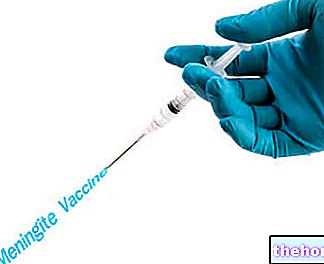
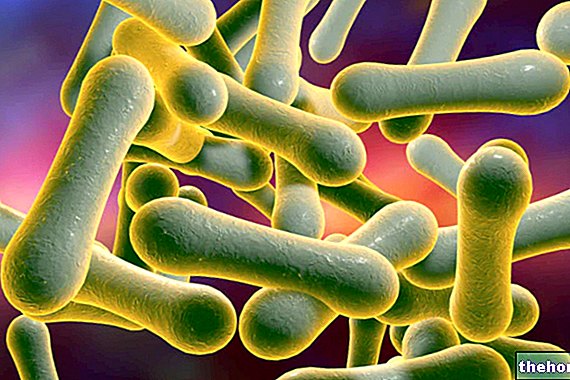
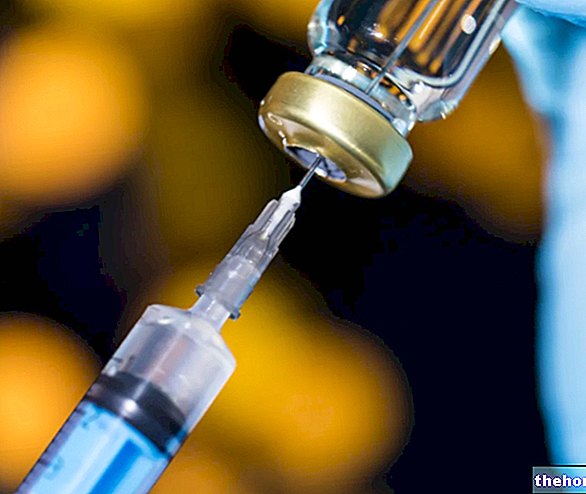

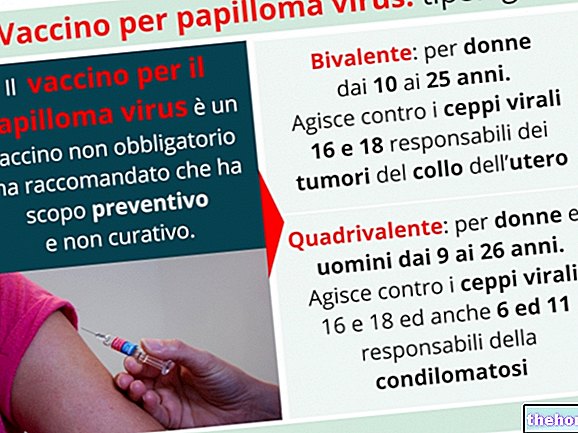
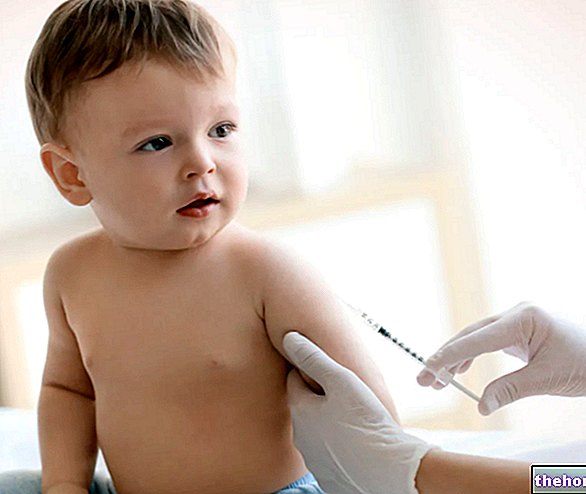
















-nelle-carni-di-maiale.jpg)




